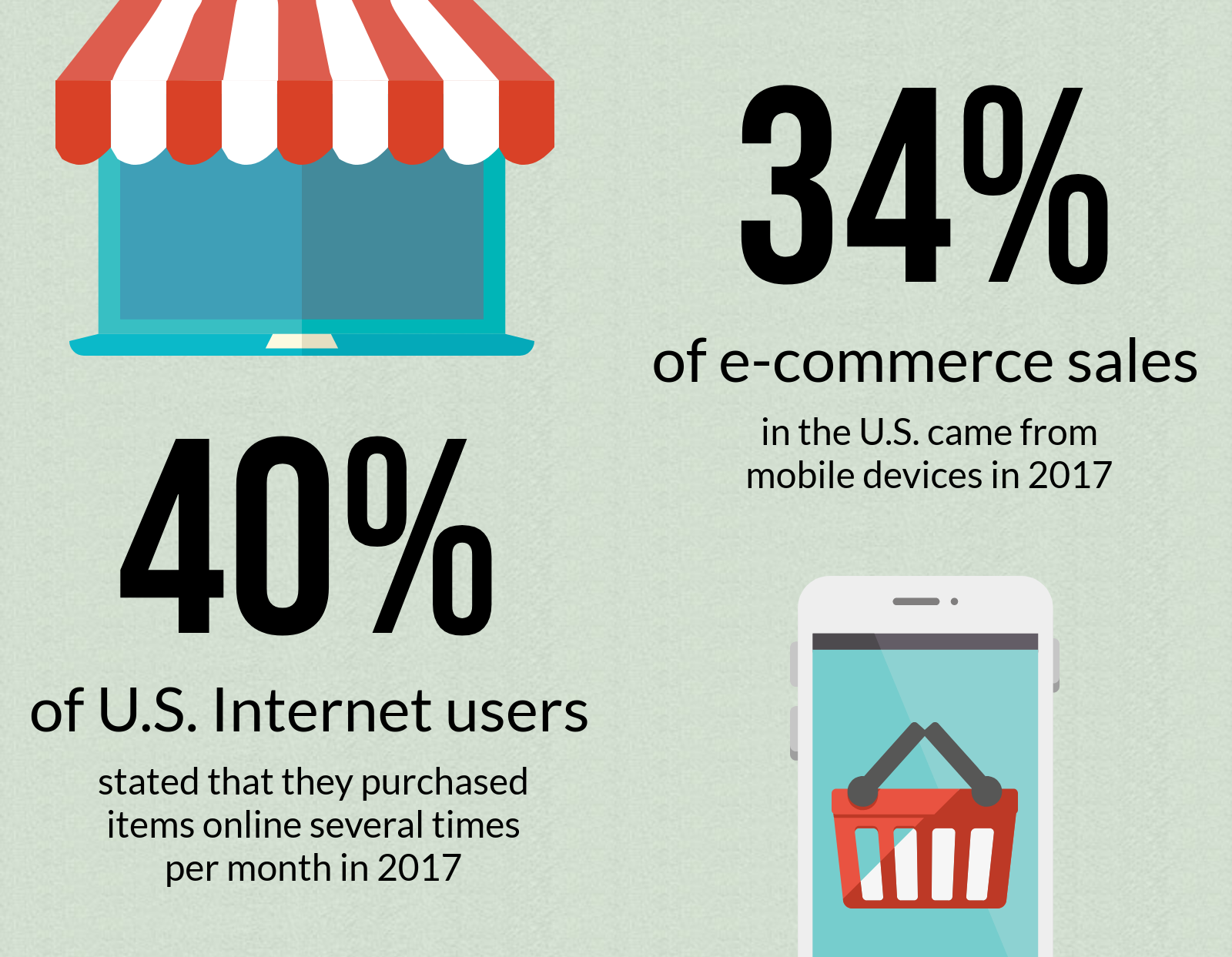Unpacking the broadcast TV repack
 If you live in one of the 16 million U.S. households that receives television channels via free, over-the-air (OTA) broadcasting, chances are good that you have seen or will soon see a message pop up at the bottom of your TV screen.
If you live in one of the 16 million U.S. households that receives television channels via free, over-the-air (OTA) broadcasting, chances are good that you have seen or will soon see a message pop up at the bottom of your TV screen.
These messages may say things like “the channel is moving frequencies,” “rescan your TV,” or “weak or no signal.” Don’t fret that you’ll lose access to your favorite channels, however. Those messages are just your local TV station letting you know that the station has, or will soon, change frequencies.
Why is this happening? Several years ago, the Federal Communications Commission (FCC), cell phone providers, and TV broadcasters agreed to reallocate parts of the nation’s spectrum that currently carry broadcast television to instead be used for wireless broadband services. This meant that broadcasters must move their stations to different parts of the spectrum to avoid interference with the wireless broadband signals.
For consumers, this means that over the next few years, you will need to re-scan the channels on your TV to continue receiving your broadcast channels. Depending on where you live, you may even have to re-scan on more than one occasion. Don’t worry—the channel numbers you’re used to won’t change. Any preparation that must go into tuning your TV to the new spectrum should be done automatically by your TV during the re-scan process.
Fortunately, the FCC and the broadcasters are going all out to make sure that consumers are not caught unaware by this process (known in industry jargon as the broadcast “repack”). The fastest way to get up to speed is to check out the FCC’s new video explaining the process and what buttons to press on your remote control to re-scan for new channels. The FCC also has a very useful website with FAQs and links to additional resources that can help answer TV owners’ questions. The National Association of Broadcasters also has a great resource with step-by-step instructions on how to re-scan at TVAnswers.org.
Unfortunately, we anticipate that scammers may try to latch on to the repack process. Back in 2008, fraudsters had a field day with the digital television (DTV) transition process, peddling worthless “coupons” and other scams to take advantage of consumer confusion over changes to their TV service. As the repack process gets underway fraudsters, we anticipate that scammers will be looking for ways to take advantage. For example, fraudsters have recently been advertising “miracle” TV antennas claiming they can do things they actually can’t, like getting cable TV broadcasts. As the TV repack gets more media coverage, it’s likely that more potentially misleading or fraudulent ads like these will start showing up in people’s email inboxes, in mailers, and on the radio or in newspapers. If you come across one of these scams, be sure to report it to NCL’s Fraud.org campaign via our secure online complaint form.
For the vast majority of OTA TV watchers, the transition is likely to happen without much friction. Nonetheless, getting familiar with the FCC’s resources keeping an eye out for the scams could help avoid an expensive headache. Until then, happy re-scanning!



 “SNAP is one of the most efficient and important public benefit programs,” said Shaunice Wall, NCL’s Linda Golodner Food Safety and Nutrition Fellow. “SNAP helps reduce food insecurity and improves the nutrition of millions, especially among the most vulnerable Americans. For many Americans living in food deserts, online food retailers are sometimes the only way to stock refrigerators,” NCL supports this collaboration between USDA and Amazon.
“SNAP is one of the most efficient and important public benefit programs,” said Shaunice Wall, NCL’s Linda Golodner Food Safety and Nutrition Fellow. “SNAP helps reduce food insecurity and improves the nutrition of millions, especially among the most vulnerable Americans. For many Americans living in food deserts, online food retailers are sometimes the only way to stock refrigerators,” NCL supports this collaboration between USDA and Amazon.
 The pilot will start with SNAP households with EBT cards issued by New York. Online retailers will only be able to deliver in New York. The plan is for the pilot to eventually expand to other areas of New York as well as Alabama, Iowa, Maryland, Nebraska, New Jersey, Oregon, and Washington. Lessons learned will then allow expansion of online purchasing in SNAP.
The pilot will start with SNAP households with EBT cards issued by New York. Online retailers will only be able to deliver in New York. The plan is for the pilot to eventually expand to other areas of New York as well as Alabama, Iowa, Maryland, Nebraska, New Jersey, Oregon, and Washington. Lessons learned will then allow expansion of online purchasing in SNAP.












